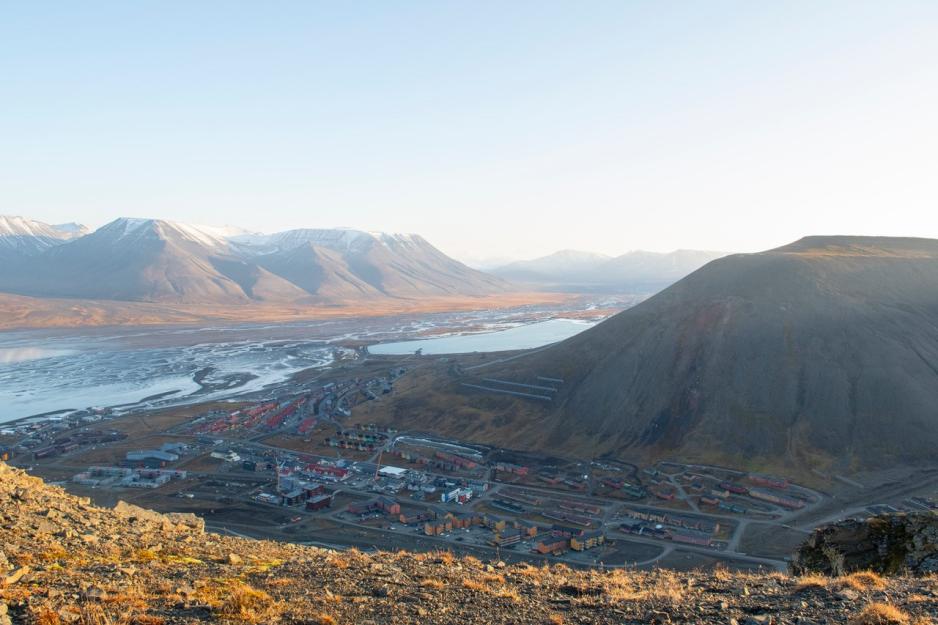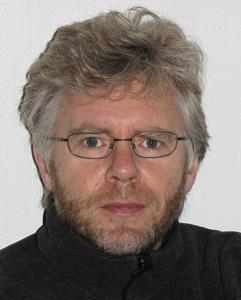“There Could Be A Lot of Quick Clay in Parts of the Arctic”

“When the ice melted, the land started rising. This rising is still ongoing and there may thus be much quick clay in the parts of Arctic that were underneath the ice during the last ice age, which means Scandinavia including Svalbard, Finland, northern parts of Great Britain, Iceland and Canada”, says Professor Jan Sverre Laberg. (Photo: Line Nagell Ylvisåker)
Quick clay landslides may have major and tragic consequences. “These events show that we have to conduct thorough mapping prior to developing new areas that may contain quick clay”, says Professor Jan Sverre Laberg at the University of Tromsø, Norway.
Quick clay is a kind of clay found in Norway, Sweden, Finland, Russia, Canada and Alaska. On 30 December 2020, ten people lost their lives in a quick clay landslide in Gjerdrum, just outside Oslo, Norway.
Jan Sverre Laberg is professor of marine geology at the Institute of Geosciences at the University of Tromsø, Norway. He says there may be a lot of quick clay in the Arctic.
What consequences could quick clay have for future development and construction in the Arctic?
“These events show that we have to conduct thorough mapping prior to developing new areas that may contain quick clay. In addition, it is important that those who give permission to develop these areas are aware of the considerations that must be made, which means that knowledge of this part of geology, the constitution and capacities of loose materials, must be part of considerations before development starts. This also applies to new constructions in the Arctic, Laberg says and adds:
“Clay consists of the smallest particles in our loose materials and when they are deposited, they have this capacity that they settle in layers, like house of cards, and this structure is stabilized through salt from sea water. Once this clay is lifted above sea level, salt may be washed out, which makes it unstable. If it is then “disturbed”, for instance through digging or river erosion, this may lead quick clay transforming from firm to liquid form. And on a slope, this will flow like a liquid mass.”
Laberg says quick clay is a kind of clay that was originally deposited on the seabed, but that is currently partially on land.
Quick clay in previously ice-covered Arctic areas
“This is due to the land rising following the last ice age. In short; the earth’s crust was pressed down due to the weight of the overlying ice mass during the last ice age. When the ice melted, the land started rising. This rising is still ongoing and there may thus be much quick clay in the parts of Arctic that were underneath the ice during the last ice age, which means Scandinavia including Svalbard, Finland, northern parts of Great Britain, Iceland and Canada. This is a well-known phenomenon in particular on its east coast. It is in Greenland too, to some extent, though the land rising has probably been less prominent there as big parts of the inland ice still remains.”
Quick clay is a kind of clay that was originally deposited on the seabed, but that is currently partially on land
Laberg expounds:
“There may be a lot of quick clay in parts of the Arctic. It is therefore important to conduct thorough investigations prior to commencing development work. In Northern Norway, it is only a short time since the last landslide in Alta. We have previously seen landslides in Balsfjord, Lyngen, Nordreise and Finneidfjord. In addition, one should also consider whether climate changes with more precipitation in the form of rain, that is; shorter winters here in the North, may have consequences for quick clay stability. As far as I know, there have been no systematic investigation of this.”
Climate changes
What new regards should we take when it comes to climate changes?
“As far as I know, we know little about just that. If climate changes lead to more precipitation in the form of rain, it may lead to increased erosion of rivers and brooks in areas with quick clay. It may also increase the groundwater levels and lead to increased washing out of salts. In both cases, this may lead to more instable quick clay masses. But like I said, this should be further investigated.”
Do you envision a scenario in which people have to be moved as a consequence of climate changes and quick clay?
“Climate changes have a lot of consequences. Professionals say that if quick clay is left alone, it is not dangerous to live in such areas and people do not have to move. Thus, the most important thing is that no one is permitted to make any interventions to these areas without the consequences thereof being thoroughly assessed beforehand”, Laberg says in closing.
This article was originally published in Norwegian and has been translated by HNN's Elisabeth Bergquist.


